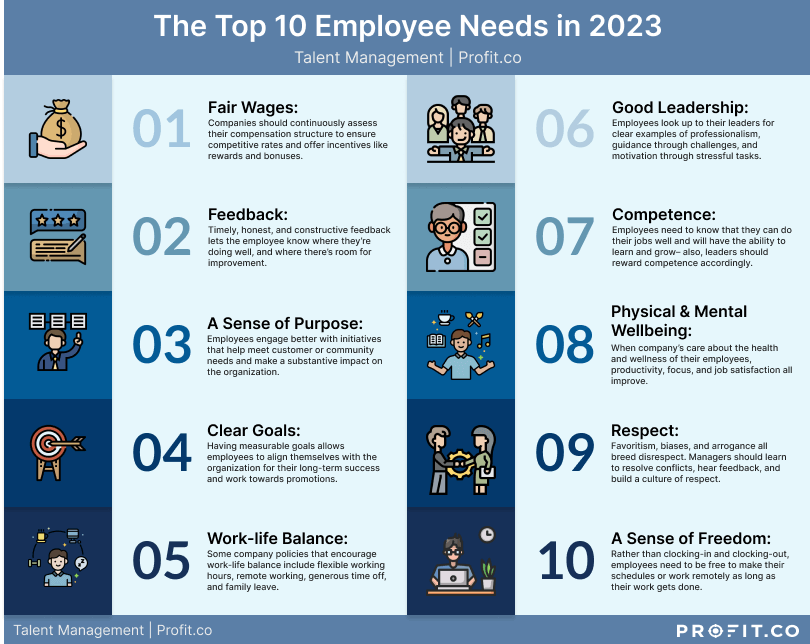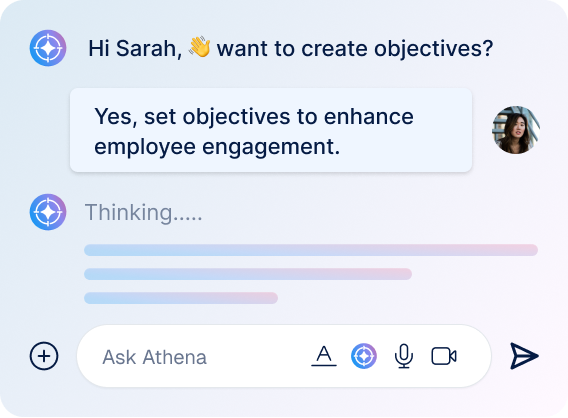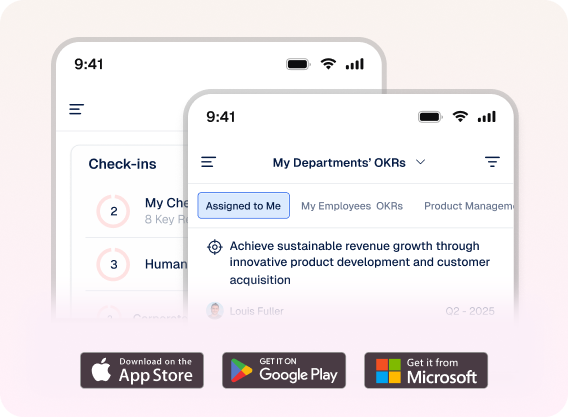Did you know that highly engaged employees make a business up to 21% more profitable? The key to unlocking the impressive advantage that engaged employees provide is to understand employee needs and how to fulfill them.
Clients do not come first. Employees come first. If you take care of your employees, they will take care of the clients.
Companies can reduce employee absenteeism and turnover with the right employee retention strategy.
Learn about what employees want from employers in this guide.
Importance of Meeting Employee Needs and Expectations
In today’s workplace, employees place more value on fulfillment than their paycheck. Companies, therefore, need to prioritize their employees’ needs and expectations at every level to enjoy the following benefits:
- Improved employee retention
- Improved productivity and performance
- Highly motivated and engaged staff
- Improved customer service
- A positive image of the company
All these benefits come from having a happy and motivated team with high job satisfaction, which leads to a healthy bottom line and a successful business.
Maslow’s Hierarchy of Needs in the Workplace
One way to think about employee needs is through Maslow’s Hierarchy of Needs. Psychologist Abraham Maslow proposed this theory in his 1943 paper about human motivation. It remains relevant to this day.
The five human needs are physiological, safety, social, esteem, and self-actualization. However, in an organizational context, these needs are achievable in different ways.
1. Physiological or Basic Needs
Essentially, this need is about wages or salary, because money helps employees secure their food, shelter, and clothing for themselves and their families. Inadequate salary is a leading reason why employees leave their jobs. They either feel underpaid for their work, or their lifestyle and responsibilities change and demand a higher income.
2. Safety Needs
This refers to a safe working environment and job security. Organizations are legally obligated to meet industry, local, state, and federal compliance regulations and safety standards. It also means psychological safety: company culture should encourage employees to be themselves without negative consequences to their careers. The result is job security.
3. Social Needs
This means creating a sense of belonging through good interpersonal relationships in the workplace. An organization thrives on strong peer-to-peer, employee-manager, and employee-client relationships.
4. Esteem Needs
This concerns meaningful and appropriate recognition for employee achievement and gaining the respect of their peers and leaders.
5. Self-Actualization Needs
Employees need to feel empowered to make creative decisions that impact the business. It also involves lifelong learning and upskilling for career advancement.
How to Meet Employee Needs in an Organization
Managers have the massive task of meeting employee needs to keep them productive and satisfied in the company. Different needs require different fulfillment strategies. For example:
| Needs | Fulfillment |
|---|---|
| Physiological | Salary reviews, bonuses, and other financial incentives |
| Safety | Health and safety compliance, equipment maintenance and upgrades, diversity and inclusion policies |
| Social | Open-door policies, conflict management, active listening, encouraging collaboration, after-work events |
| Esteem | Clear job titles, industry certifications, appropriate verbal appreciation |
| Self-actualization | Training or courses for additional skills, memberships in industry associations, seminars, and conferences |
How to Find Out What Employees Really Need
There are two main ways to figure out what employees need from employers. The first is to ask them yourself. Collect feedback from your employees through:
- Employee performance reviews, ideally done one-on-one
- Team meetings for group feedback
- Company suggestion box for anonymous feedback
- Employee pulse surveys for engagement, new employees, and so on
The second way is to study employee turnover data from sources like the U.S. Bureau of Labor Statistics. The BLS collects and publishes the most reliable information about employment, compensation, productivity, etc.
Another great source of employee turnover data is Gallup, which offers global analytics about organizations. For example, the cost of employee turnover is one-half to two times the employee’s annual salary. This is too high a price to pay compared to investing in better workplace policies and employee training to boost retention.
Profit.co can help engage employees no matter where in the world they’re working from. You can get started free on Profit.co’s all-in-one OKR, performance, task management and employee engagement software today!
What are the 10 Most Important Employee Needs in 2023?

While employee needs may seem endless or challenging to achieve, they are relatively straightforward. Here are the ten most crucial employee needs that cut across industries, backgrounds, and cultures.
1. Fair Wages
Employees need adequate compensation for their work. Often, this translates to going above the legal minimum wage requirements. Companies should continuously assess their compensation structure to ensure competitive rates and offer incentives like rewards and bonuses.
2. Feedback
With feedback comes validation that an employee is doing a good job or needs to improve their performance. Feedback must be timely, honest, and without judgment on the employee.
3. A sense of purpose
Employees need to know that their work is meaningful to an organization in more ways than simply increasing profits. Employees engage better with initiatives that help meet customer or community needs.
4. Clear goals
This refers to measurable targets like deadlines and quotas that contribute to the company’s greater vision. Employees also need to understand how their role will grow in the company through career progressions and promotions. This clarity allows employees to align themselves with the organization for their long-term success.
5. Work-life balance
What employees need from employers is a workplace that keeps their physical and mental health in mind. It is achievable by reducing or preventing cases of fatigue and burnout. Some company policies that encourage work-life balance include:
- Flexible working hours
- Remote working
- Generous time off
- Maternity and paternity leave
Employees also need to know that it’s okay to;
- Take the time to care for their families
- Attend healthcare appointments, or
- Cope with grief without harming their careers
6. Good leadership
Team leaders, supervisors, and managers are role models in an organization. In many cases, a good leadership style is the difference between inspired and disgruntled employees. Employees look up to their leaders for:
7. Competence
Employees need to know that they can do their jobs well and will have the ability to learn and grow. For managers, this means hiring the right person for the right job, as well as providing the best possible tools to get the job done. Competent employees often exceed expectations, so companies must be ready to reward them accordingly.
8. Physical and mental wellbeing
When employers show that they care about the overall health of their employees, the company’s productivity improves. Healthy employees are in a better position to show up to work and focus on their tasks. On top of giving comprehensive healthcare insurance packages, companies can offer physical and mental health initiatives such as:
- Healthy snacks and meals at work
- Using standing desks
- Creating space for yoga and meditation
- Free and regular health checks
- Compulsory work breaks
- Discounted or free gym memberships
9. Respect
Employees need to know that they are equals with their coworkers at a basic human level. Disrespect comes from favoritism, biases, or arrogance from managers and colleagues. It is the kind of act which pushes employees to seek better leadership elsewhere.
Managers should also learn;
- How to resolve conflicts
- Listen to feedback and
- Acknowledge employee ideas to build a culture of respect
10. A sense of freedom
Organizations need to shift from the clocking-in-clocking-out system and focus on productivity. Employees need to be free to make their schedules or work remotely as long as their work gets done. The approach directly contributes to a healthier workforce and better bottom line. Employee freedom means that a company will frequently exceed its targets.
Conclusion
Companies must prioritize employee needs to retain their best talent in the workplace with a clear view of what employees want from employers. These ten employee needs are absolutely not impossible obstacles but rather opportunities for managers to get creative and fulfill employee expectations.




